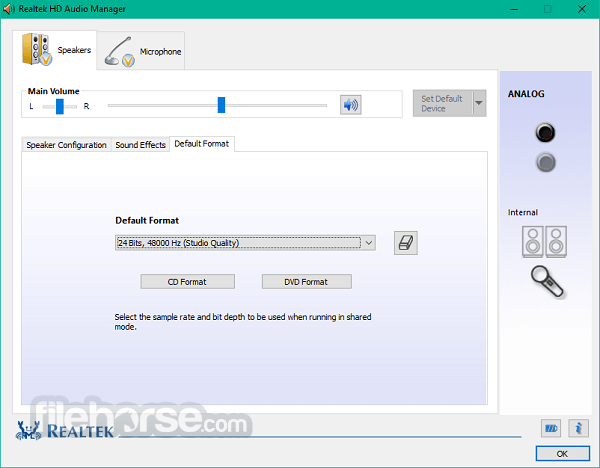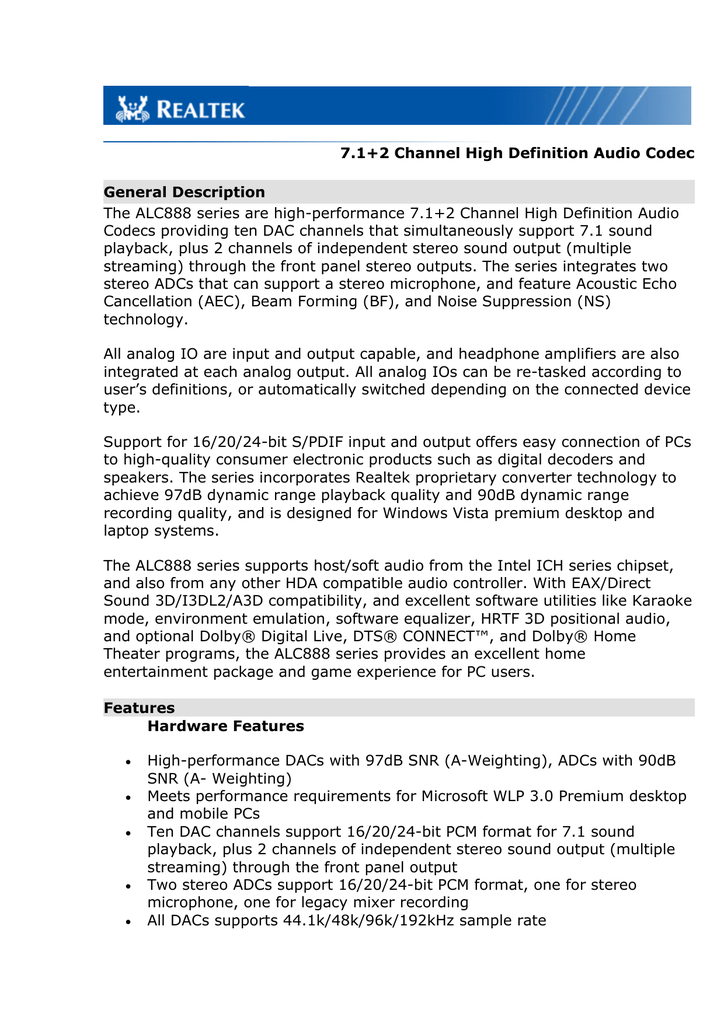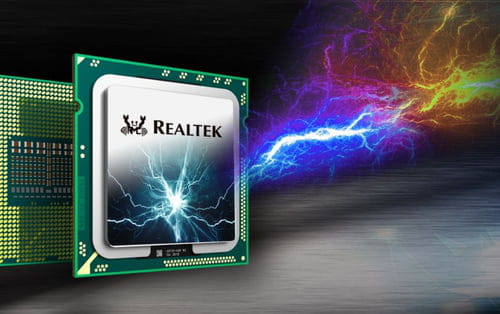



some cards have an shared jack for headphone/mic and if you insert a device, it asks you what kind of device you just plugged in) - than you could write your own 'detection application', There are some soundcards where this won't work, but if the driver comes with an utility that starts when something is plugged in into the headphone jack (i.e. Anyway the exact behavior depends on the actual hardware driver. That should return 0 unless an headphone jack is plugged in. On Windows XP there's an legacy function waveInGetNumDevs(void)


 0 kommentar(er)
0 kommentar(er)
